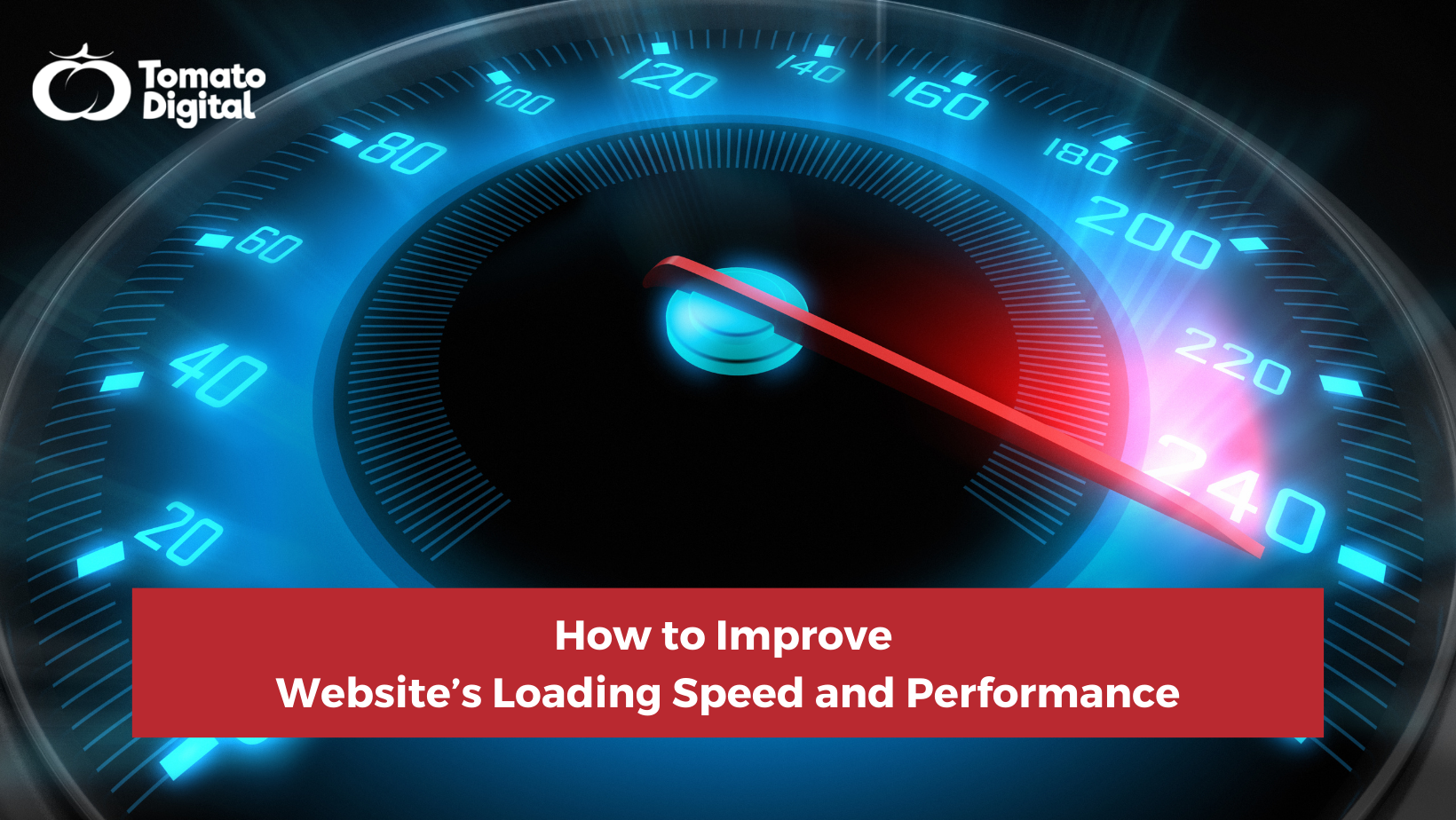In today’s fast paced digital world, website speed and performance are crucial to the success of any online business. Slow-loading websites can have a negative impact on user experience and ultimately lead to decreased traffic and lower conversion rates. If you’re looking to improve your website’s loading speed and performance, there are several steps you can take to optimize your site.
Choose a reliable web host
One of the most important factors that affect website speed is the web host. Choosing a reliable and fast web host can significantly improve your website’s loading speed. Look for web hosts that offer high-performance servers, SSD storage, and CDN (Content Delivery Network) integration.
When choosing a web host, consider the following factors:
- Uptime guarantee (ideally 99.9% or higher)
- Speed (fast servers, SSD storage)
- Customer support (24/7 availability)
- Security (SSL, firewalls, malware detection)
- Scalability (flexible hosting plans)
Optimize images
Images can significantly slow down your website’s loading speed. You can optimize images by compressing them without sacrificing quality. There are several image compression tools available online that can help reduce the file size of your images. Additionally, you can use lazy loading, which only loads images as the user scrolls down the page, to further improve your website’s loading speed.
Lazy loading is a technique that delays the loading of non-essential resources, such as images and videos, until they are needed. This improves website performance by reducing initial page load time and conserving bandwidth. It’s commonly used through JavaScript, plugins, or libraries and can be built-in or manually implemented.
Minimize HTTP requests
Each element on your website, such as images, CSS, and JavaScript files, requires an HTTP request. The more HTTP requests your website has, the longer it will take to load. To minimize HTTP requests, you can combine CSS and JavaScript files, remove unnecessary plugins and widgets, and use inline CSS and JavaScript instead of external files.
Enable caching
Caching allows your website to store frequently accessed data in the user’s browser or server’s memory, so it can be quickly retrieved without having to send a new request. By enabling caching, you can reduce the number of requests to your server and improve your website’s loading speed.
Minimize server response time
Server response time is the time it takes for your website’s server to respond to a user’s request. To minimize server response time, you can optimize your website’s code, reduce the number of database queries, and choose a fast and reliable hosting provider.
Conclusion
Website speed and performance are crucial to the success of any online business. By following these steps, you can significantly improve your website’s loading speed and provide a better user experience for your visitors. Remember to regularly test your website’s speed and performance and make necessary optimizations to ensure that your website remains fast and reliable.
You may get in touch with Tomato Digital Indonesia if you need help creating a website or with any other area of digital marketing. Our team of website design professionals is ready to assist you in achieving your business objectives. We are a top web development and web design firm. You can contact us in here to get free consultation with us!







